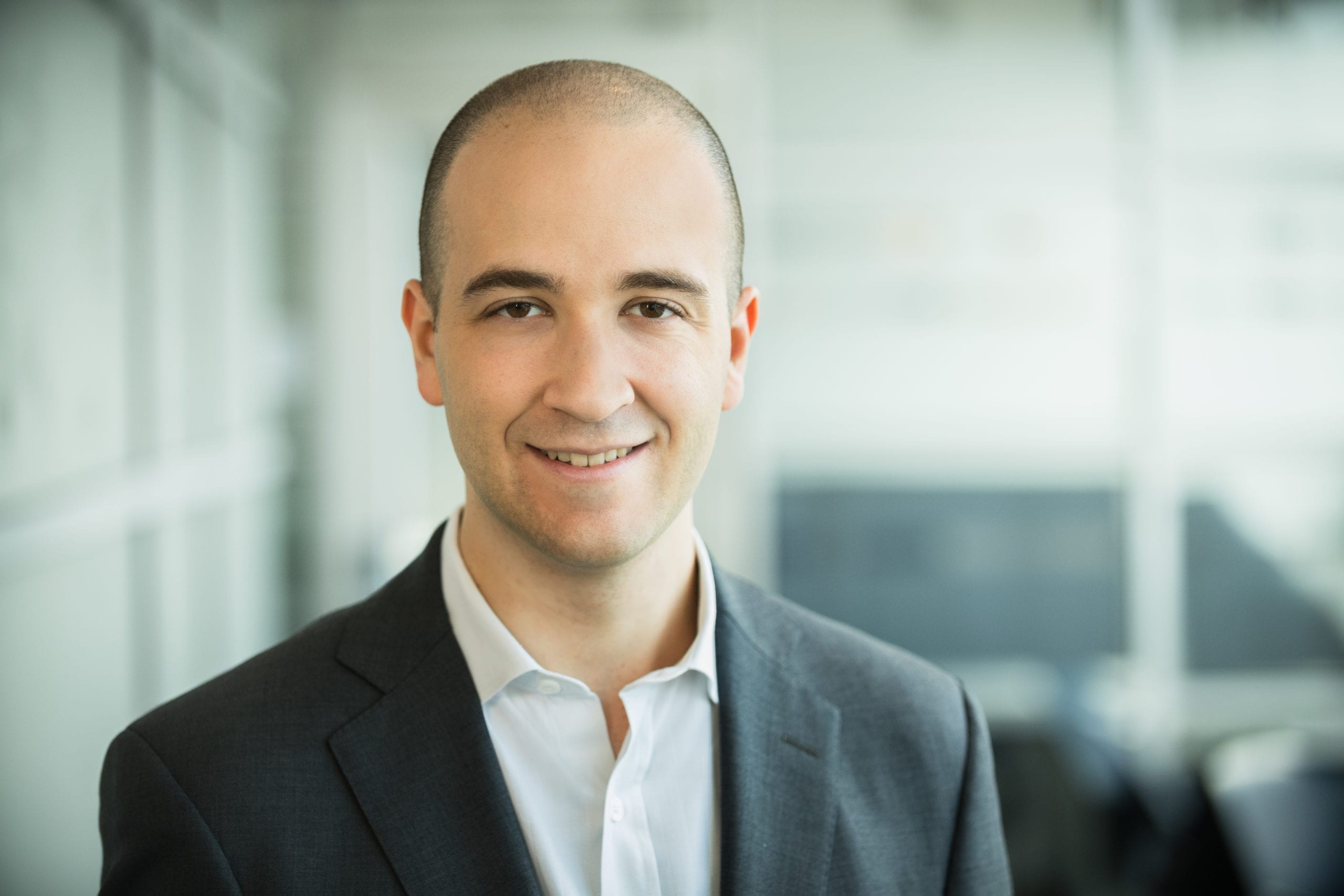This autumn, colleges and universities are using a myriad of tactics to foster a healthful learning environment in consideration of the COVID-19 pandemic.
Some are having all students engage in remote learning, some are inviting only a subset of students to cam- pus, and some are providing students with the option to attend classes on campus or remotely. Many of the operating assumptions behind student behavioral health that were true in 2019 are no longer valid.
It is no longer safe to assume that students will be able to be treated in an on-campus facility or referred to healthcare providers in the surrounding environs. While on-campus resources will need to be maintained for a subpopulation of students in many instances, the needs of the additional population of remote students also must be addressed.
Fortunately, there are well-established technologies and practices that can be utilized to help students, regardless of where they are situated.
Offering teletherapy to students is more important than ever, as remote students may be unable to access campus-based therapy due to COVID-related closures and travel restrictions. Furthermore, if students are per- mitted to return to campus, but are eventually required to leave campus due to in- creases in the incidence of COVID-19, then these changes have the potential to cause disruptions to the continuity of care. By ensuring that students can access the same care whether on campus or studying remotely, colleges and universities can help lessen the disruption that any change in learning format causes to students’ ability to manage their mental health.
Mental health issues are likely to be more common on campus this autumn than in the past. In April 2020, Active Minds surveyed college students to ask how COVID-19 had impacted their mental health, and found that 80% reported it had worsened or worsened significantly, and only 11% reported that it was unchanged. The survey findings on COVID-19’s impact on mental health were from the beginning of the pandemic.
For many students, the situa- tion may be more dire in the autumn. Students remaining at home or in other off-campus locations will face a prolonged time away from their peers and the indepen- dence that they experienced in college. Students returning to campus face social isola- tion and periods of reduced socialization.
Teletherapy is a time-tested tool that can help students overcome some of these challenges. In 1973, the American Journal of Psychiatry published an early article about the use of psychiatric consultation by interactive television at the Massachu- setts General Hospital. In the roughly five decades that have transpired since then, substantial evidence has accumulated to demonstrate that teletherapy is efficacious, regardless of whether it is audiovisual or strictly audio-based. Audiovisual teletherapy provides the clinician with insights into the student’s physical affect, gait, and environment – information which is all lost with a telephonic session.
Nonetheless, even a telephon- ic session provides clinicians a degree of insight into students’ psychological state and allows beneficial treatment to occur.
While live therapy may be more effective than audiovisual teletherapy, and audiovisual teletherapy may be more effective than audio-based teletherapy, there are none- theless therapeutic benefits to all three varieties of therapy. The added convenience of telephone-administered cognitive behavioral therapy has been shown to improve treatment adherence, albeit at the cost of poorer maintenance of gains after treatment cessation.
As live therapy may be infeasible due to the pandemic, and unpreferable to some students even if it is available, colleges and universities should consider the benefits of offering students audiovi- sual and audio-only teletherapy options.
Before the pandemic, there were a number of barriers to teletherapy that hampered its widespread adoption, although it has long been available. Medicare in most circumstances required patients to leave their homes in order to receive teletherapy, and employers had mixed levels of coverage, in some cases providing coverage via a direct contract with a vendor, or through an Employee Assistance Program.
Colleges and universities largely built their therapy offerings around the assumption that the student would be able to access the campus, with some notable exceptions, such as New York University, which maintained 24/7 telephonic support through its Wellness Exchange due to its need to provide a uniform-quality experience to the students at its various campuses across the globe. As psychologists and psychiatrists are licensed at the state level, interstate licensure issues have historically been a barrier to continuity of care for teletherapy provided to students that have left campus. Lack of re- imbursement and lack of demand led to an environment in which teletherapy services were relatively unutilized.
Since COVID-related closures began in March, behavioral health professionals have rapidly moved from live to virtual practice. An August 2020 survey reported that 81% of surveyed behavioral health providers began offering teletherapy services for the first time in the past six months.
This rapid transition was fos- tered by a series of changes. State medical boards tem- porarily relaxed physician licensure requirements in 49 out of 50 states, simplifying the process through which psychiatrists could obtain li- censure to practice outside of their home states. Medicare began reimbursing services provided across state lines, so long as the provider was licensed in their home state. Medicare additionally began reimbursing for live audiovi- sual telemedicine provided to patients receiving care
in their homes, rather than requiring them to travel to specific sites.
To foster the uptake of telemedicine during the pandemic, HIPAA enforcement was relaxed to allow for non-HI- PAA compliant video chat services to be used for care. Commercial health plans followed suit, with Optum en- abling some members to receive teletherapy healthcare by telephone and through consumer video chat services, such as Apple FaceTime and Facebook Messenger. In response to all these changes, The Path Forward advocated that large employers work to ensure access to teletherapy.
All these factors have led to a vastly greater quantity of teletherapy providers being available in the fall than was the case in the spring.
There are a number of con- crete actions that colleges and universities can take to support the mental health of their students during the COVID-19 pandemic and beyond. Since many colleges and universities offer health plans that are used by students that are not on their parents’ plans, they can begin by ensuring that teletherapy benefits are adequately covered by the insurance that they offer to students.
Requesting that telephonic therapy be covered, in addition to audiovisual therapy, helps ensure that students have access even if they do not have the equipment or bandwidth necessary for videoconferencing – or if they are living in a situation where a videoconference would be a barrier to their privacy.
In tandem, colleges and universities should explore other avenues for offering remote mental health benefits to students, regardless of their health plan.
Offering benefits outside of the health plan is particularly important for undergradu- ates, as students may remain on their parents’ plans until the age of 26. These benefits might include telephonic triage, referral support, self- help resources, and limited duration teletherapy.
While offering students enhanced access to care by offering teletherapy solutions is beneficial in any year, the unique circumstances facing students as they return to campus in the autumn of 2020 makes teletherapy more crucial now than ever before.
Although adopting telether- apy may be new for some institutions, it is not a new technology, and has long-established benefits.
Adam C. Powell, Ph.D., is President of Payer+Provider Syndicate.
He holds a Doctorate and Master’s degree from the Wharton School of the Univer- sity of Pennsylvania, where he studied Health Care Manage- ment and Economics.
<



